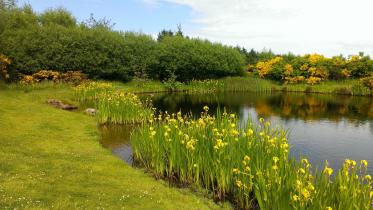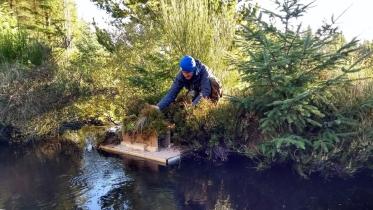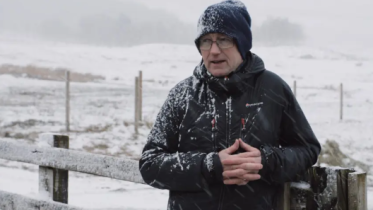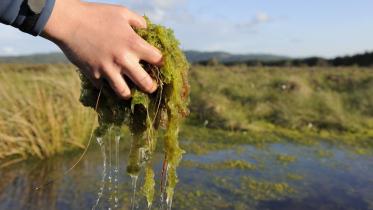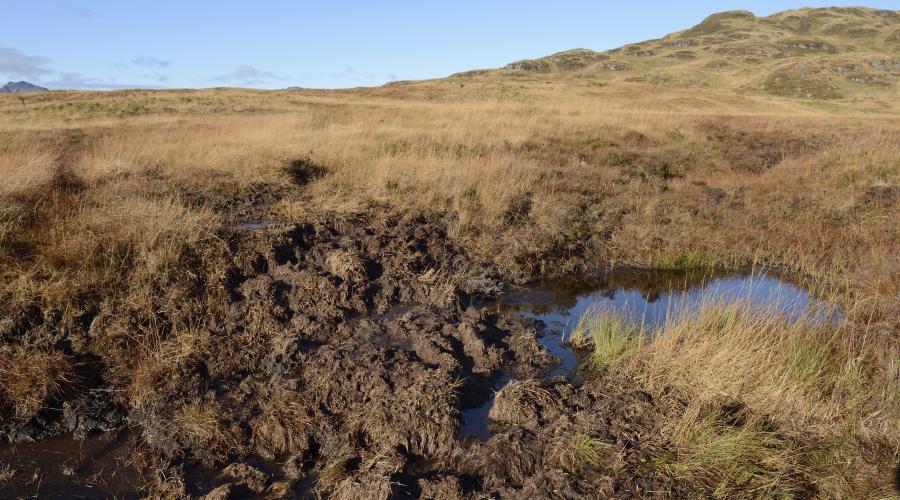
Deer impacts
Wild deer play a significant ecological role as Scotland’s largest undomesticated grazers, but they’re also seen as causing damage.
Wild deer are an integral part of Scotland’s wildlife and, at an appropriate density, can help to maintain the natural heritage value of many habitats.
But deer are also seen as causing ‘damage’ to woodland, farmland and the natural heritage, through their grazing, browsing and trampling.
Damage versus impacts
To assess whether deer impacts amount to damage, the range of impacts is measured and evaluated against the importance of the affected features.
Assessing damage involves a judgment – based on clear scientific evidence – that the impacts are causing an adverse change in a particular location.
NatureScot is more likely to consider damage serious when a feature of national or international importance is being changed or likely to be affected.
Assessing the extent of damage
To decide whether impacts amount to damage or serious damage, we consider both the:
- nature and extent of the impact of deer and other herbivores on the land
- value given features of national or international importance by owners, legislation, government policy and the wider interests of society
Damage to the natural heritage
This arises in situations where either:
- natural and semi-natural habitats are unable to regenerate to sustain their ground cover and the diversity of plant species
- local populations of important species (animal or plant) are in decline
- important Earth science features are being eroded
